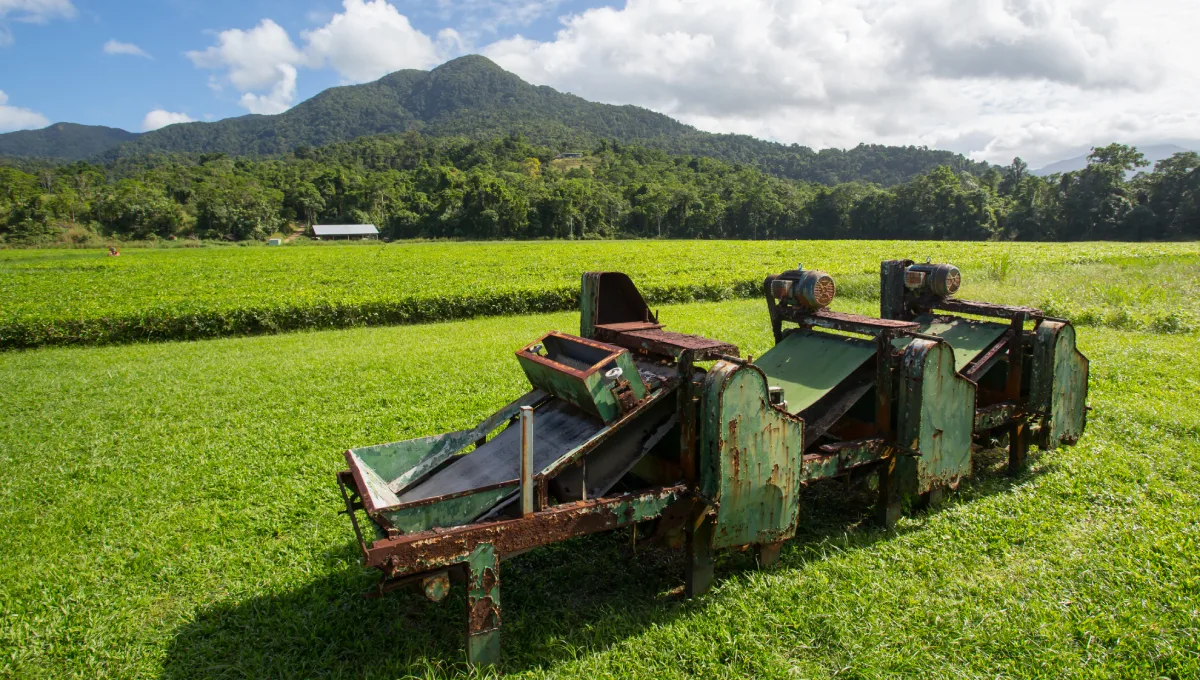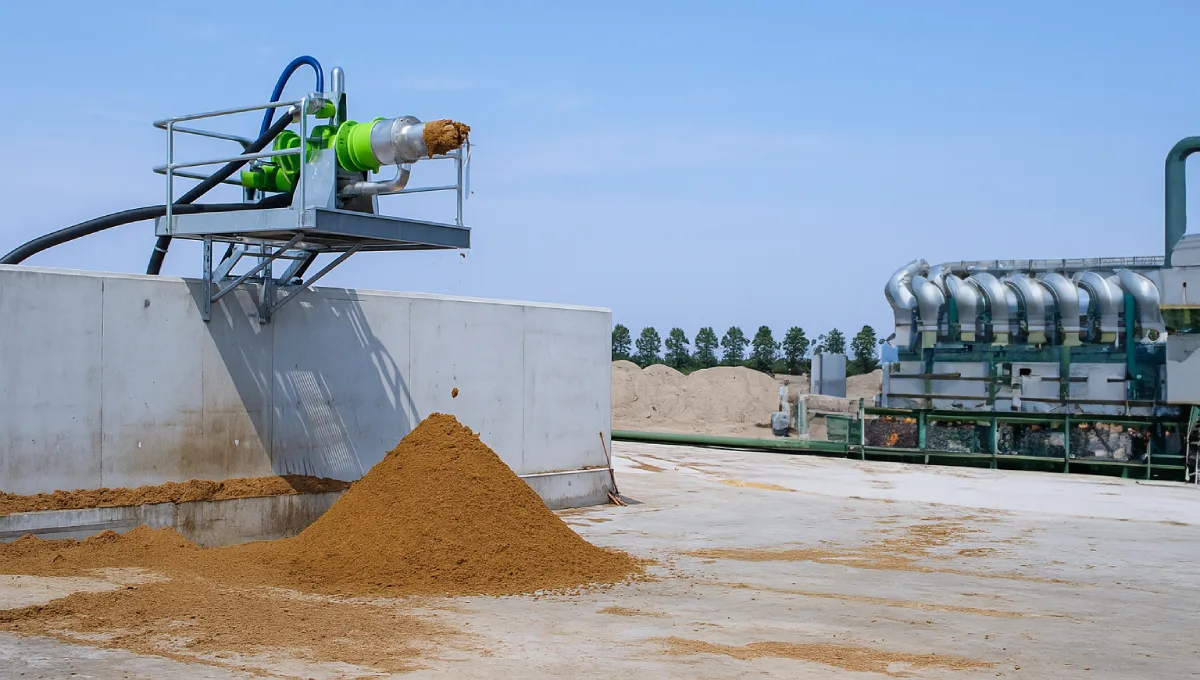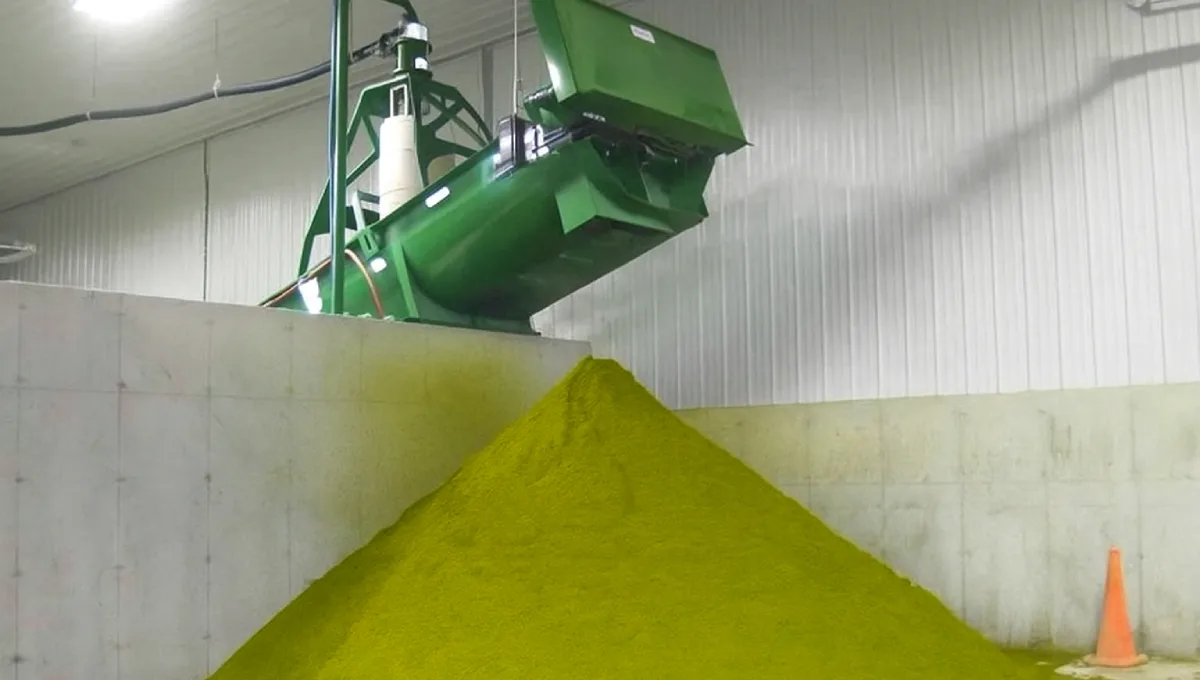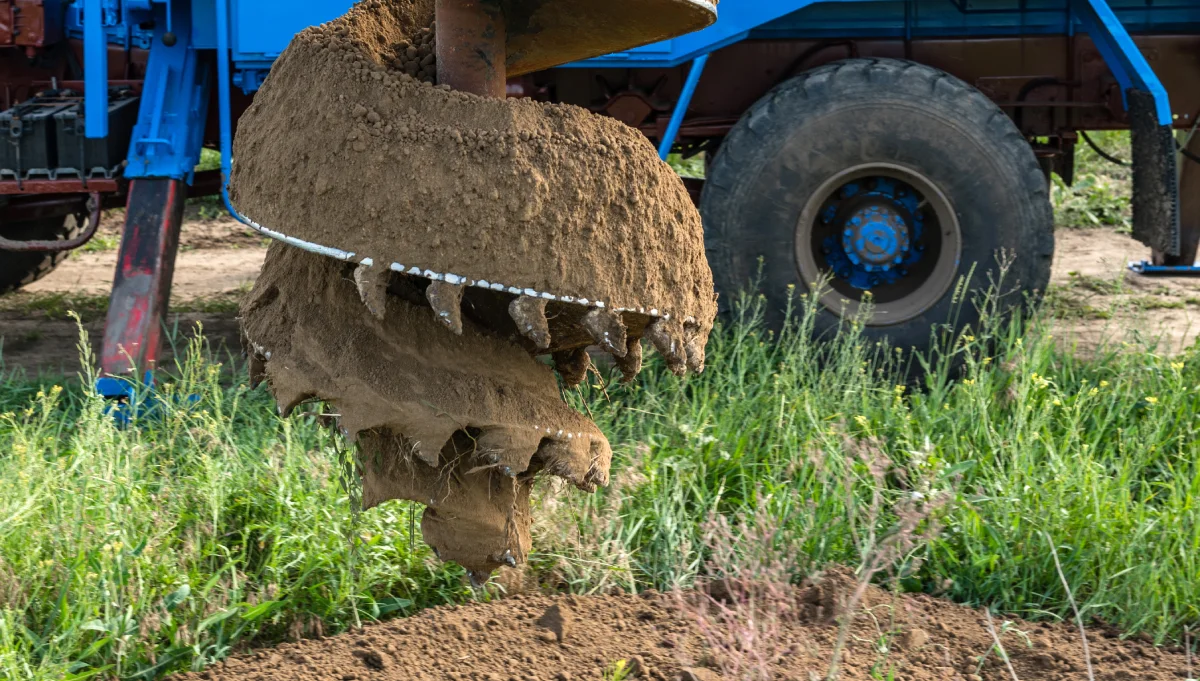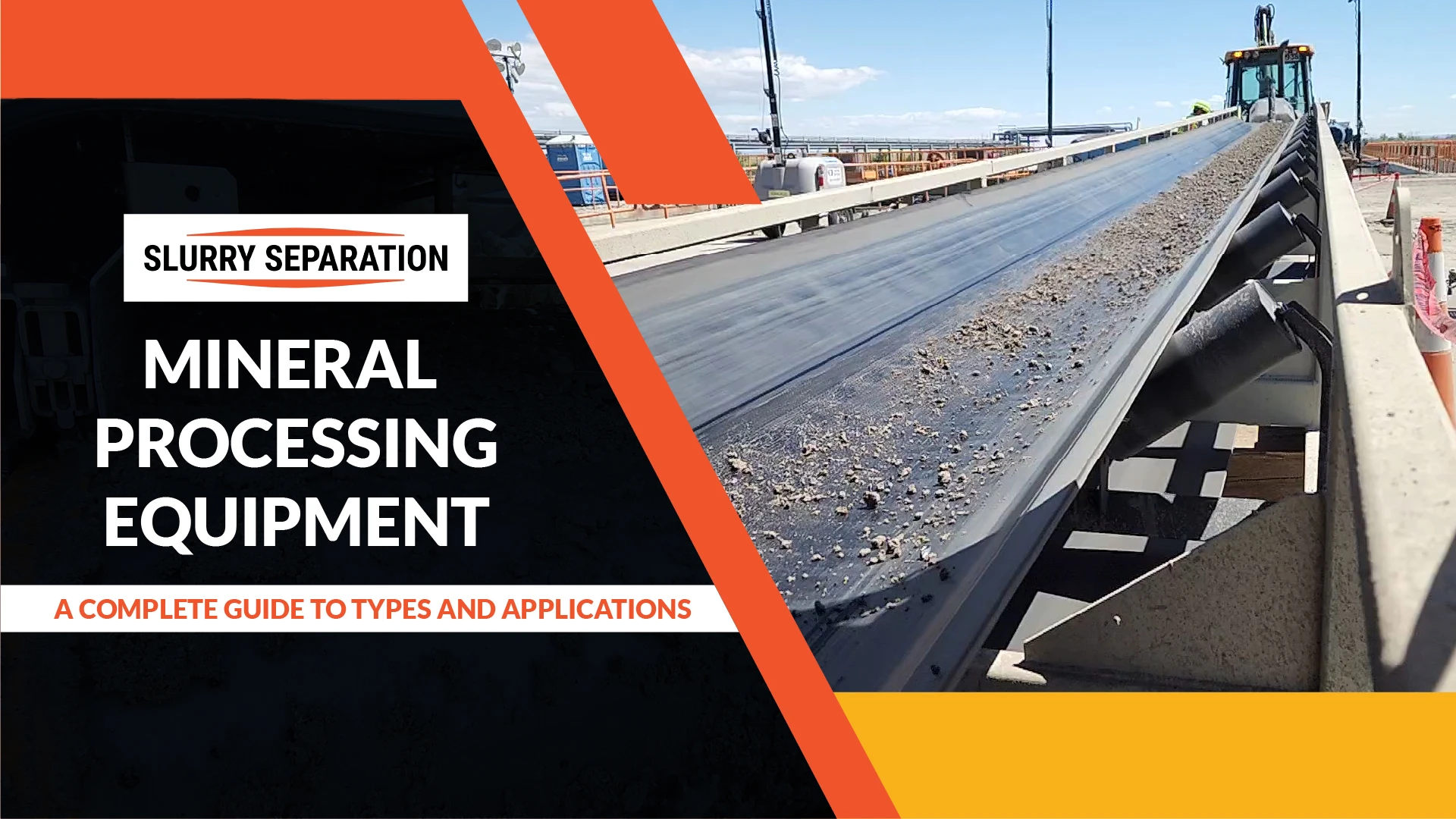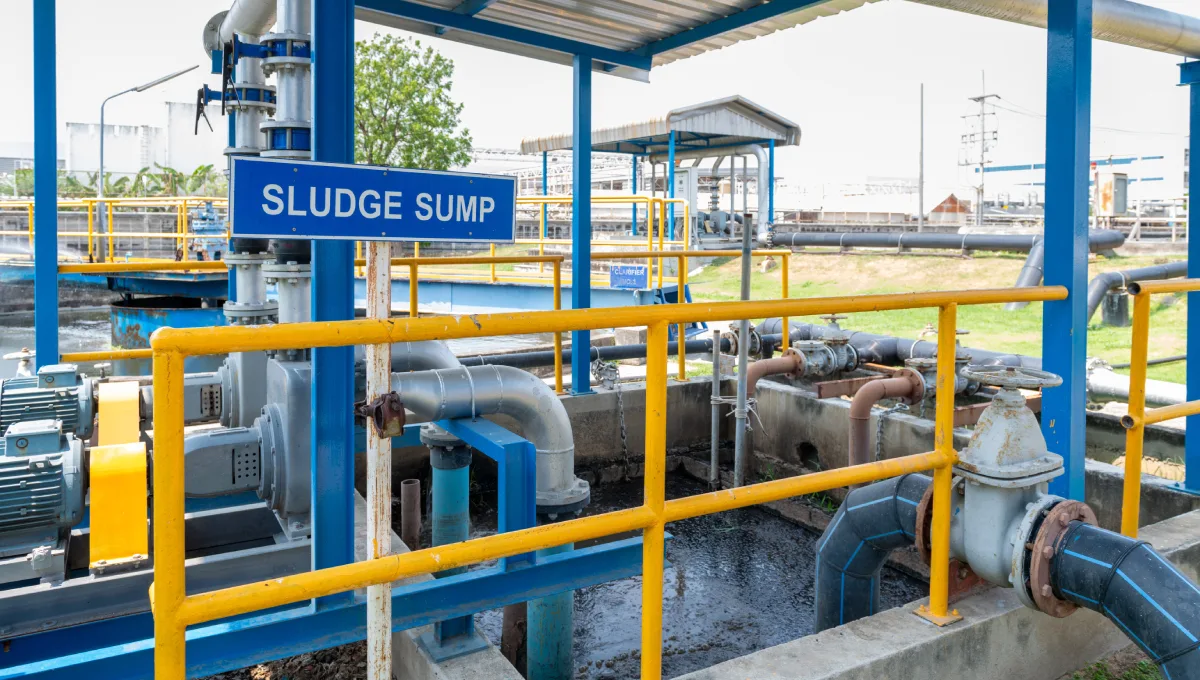- Section 1: What are Manure Separator Systems?
- Section 2: Environmental Benefits of Manure Separator Systems
- Section 3: Manure Separator Systems in Sustainable Agricultural Practices
- Section 4: Waste Recycling and Value-Added Products from Manure Separation
- Section 5: Technological Advances in Manure Separator Systems
- Section 6: Challenges and Considerations in Implementing Manure Separator Systems
- Advancing Agriculture Through Efficient Manure Management
Efficient manure management is essential for sustainable farming, as manure is an unavoidable byproduct of livestock operations. While manure is rich in essential nutrients and organic matter, improper handling can lead to significant environmental challenges, including water contamination, nutrient runoff, and greenhouse gas emissions. Traditional manure disposal methods, such as direct land application without adequate treatment, often exacerbate these problems, leading to harmful runoff that contaminates water sources and contributes to methane emissions.
Manure separator systems provide an effective solution to these issues by separating the solid and liquid components of manure. These systems streamline manure management by making it easier to handle and recycle, which reduces the environmental impact of livestock farming. By separating manure into solid and liquid fractions, manure separators enable farmers to recycle valuable nutrients, improve waste management, and minimize harmful emissions. The solid fraction can be used for composting, bedding, or organic fertilizers, while the liquid fraction can be repurposed for irrigation or processed for biogas production.
Dairy manure separation, in particular, benefits from these systems, as they help reduce waste and enhance resource recovery. By optimizing manure handling, manure separators contribute to more sustainable agricultural practices, reduce environmental damage, and help farmers manage manure more effectively. This blog will explore how manure separation systems improve manure handling, reduce environmental impact, and promote sustainable farming practices.
Section 1: What are Manure Separator Systems?
A manure separator is a mechanical system designed to separate the solid and liquid components of manure, creating a more manageable waste stream. By efficiently separating manure into solid and liquid fractions, these systems enable farmers to recycle organic waste, making manure easier to manage and handle. The solid fraction, rich in organic matter, can be used for composting, bedding, or organic fertilizers, while the liquid fraction can be repurposed for irrigation or processed for biogas production. The separation process is achieved through physical methods, such as using screens, screw presses, or hydraulic systems, which ensure effective waste management and recovery of valuable nutrients.
There are several types of manure separators. Mechanical separators utilize physical force to separate manure components and are commonly employed in larger operations where high-capacity processing is necessary. Common systems include screw presses, rotary screens, and belt presses. Hydraulic separators rely on water pressure and gravity for separation, making them ideal for smaller operations or situations that require a more economical and cost-effective solution. Screen-based systems, which use mesh or perforated screens, filter solids from liquids and are commonly found on smaller to medium-sized farms where the separation process is less complex.
The key components of a manure separation system include conveyors, presses, screens, and pumps, all of which work together to separate particles based on size, density, or other physical properties. Modern systems integrate energy-efficient motors and automated controls to optimize the separation process, improving both efficiency and cost-effectiveness. Dairy manure separation benefits from automation, as it allows for real-time adjustments to ensure optimal separation.
Section 2: Environmental Benefits of Manure Separator Systems
Reducing Nutrient Runoff and Water Contamination
One of the most significant environmental challenges associated with traditional manure disposal is nutrient runoff, which leads to water contamination and eutrophication. Excess nutrients, particularly nitrogen and phosphorus from manure, can leach into nearby water bodies, causing harmful algal blooms that disrupt aquatic ecosystems and degrade water quality. Manure separators help mitigate this issue by efficiently separating the solid and liquid fractions of manure. By doing so, they significantly reduce the amount of excess nutrients in the liquid portion that could otherwise be released into the environment. The separated solids can be used for composting, bedding, or organic fertilizers, further preventing nutrient overload in water bodies. This manure separation system plays a crucial role in minimizing nutrient runoff, enabling farmers to maintain water quality and support healthier ecosystems.
Minimizing Greenhouse Gas Emissions
Manure management is a significant source of methane emissions, a potent greenhouse gas that contributes to climate change. When manure is improperly stored or decomposes anaerobically, methane is released into the atmosphere. By separating the solid and liquid components of manure, manure separators reduce the amount of organic matter left to decompose in an anaerobic environment. The separated solids can be composted aerobically, minimizing methane production. This process helps reduce greenhouse gas emissions from farms, particularly in areas where dairy manure separation is a key practice. As a result, the use of a manure separation system supports cleaner, more sustainable farming practices by reducing the carbon footprint of livestock operations.
Improving Soil Health
Manure solids, when properly separated and processed, are an invaluable resource for enhancing soil health. These solids are rich in organic matter, which improves soil structure, increases water retention, and supports the growth of healthy crops. By using separated manure solids as compost or organic fertilizers, farmers enrich the soil with essential nutrients, fostering soil fertility. This reduces the reliance on synthetic fertilizers, promoting a more sustainable and eco-friendly farming system. Proper dairy manure separation helps maximize the value of manure as a soil amendment, improving both soil health and crop yields while simultaneously reducing the environmental impact of traditional fertilizer use.
Section 3: Manure Separator Systems in Sustainable Agricultural Practices
Conserving Natural Resources
Water conservation is a crucial factor in modern agriculture, particularly in regions experiencing water scarcity. By recycling the liquid fraction of manure, manure separator systems help reduce water consumption in farming operations. The nutrient-rich liquid can be reused for irrigation, thereby minimizing the need for freshwater and reducing reliance on synthetic fertilizers. Additionally, the solid fraction of manure, rich in organic matter, can be utilized in organic farming practices, helping to maintain healthy soil and reduce chemical inputs. Dairy manure separation, in particular, enhances the sustainability of dairy farms by facilitating the efficient use of water and nutrients, thereby supporting both water conservation and soil health.
Closed-Loop Systems and Nutrient Recycling
Manure separators play a crucial role in establishing closed-loop systems in agriculture. By efficiently separating manure into solid and liquid components, these manure separation systems allow farmers to recycle valuable nutrients. The solid fraction can be composted or used as organic fertilizer, while the liquid portion can be repurposed for irrigation or processed into biogas. This circular process reduces waste, optimizes nutrient use, and enhances resource efficiency, making agriculture more sustainable. Dairy manure separation plays a crucial role in these closed-loop systems, ensuring that nutrient cycling continues on farms and reducing the need for external inputs.
Reducing Reliance on Synthetic Fertilizers
The solid fraction of manure is rich in essential nutrients such as nitrogen, phosphorus, and potassium, making it an effective alternative to synthetic fertilizers. By using manure separators to separate and utilize these solids, farmers can reduce their dependence on chemical fertilizers, lowering both costs and environmental impact. Dairy manure separation further supports this by improving the efficiency of nutrient recycling on dairy farms, contributing to a more sustainable farming operation.
Section 4: Waste Recycling and Value-Added Products from Manure Separation
Recycling Manure Solids
The solid fraction of manure, once separated through a manure separator, can be utilized for various beneficial purposes, including bedding material, compost, or bioenergy production. These value-added products provide significant economic opportunities for farmers by reducing the need for purchased bedding and fertilizers. Additionally, farmers can sell compost or biogas, creating new revenue streams. Dairy manure separation plays a key role in this process, ensuring that the solids are separated efficiently for reuse. Recycling manure solids not only reduces waste but also adds value by transforming waste into useful products.
Utilizing Separated Liquids
The liquid fraction of manure is nutrient-rich and can be reused for irrigation, providing a sustainable and cost-effective way to water crops while minimizing the need for freshwater. Additionally, this liquid can be processed into biogas, providing a renewable energy source for farm operations. The conversion of waste to energy through manure separation systems enhances farm sustainability, helping farmers reduce energy costs and lower their overall carbon footprint.
Economic Benefits of Manure Recycling
By recycling manure into both solids and liquids, farmers can significantly reduce costs associated with fertilizers, bedding, and water consumption. The ability to sell compost, bedding materials, and biogas further enhances profitability. The economic advantages are clear: reduced operational costs, increased sustainability, and potential new income from recycling waste products. This makes manure separators a valuable investment for farms seeking to maximize resource efficiency and profitability.
Section 5: Technological Advances in Manure Separator Systems
Innovations in Manure Separation Technology
Recent advancements in manure separation technology have significantly improved the efficiency and effectiveness of manure separator systems. Automated systems and nutrient recovery technologies are being integrated into modern separators, enabling farmers to exert greater control over the separation process. These innovations not only enhance system performance but also help reduce energy consumption, making manure separation more cost-effective. The incorporation of such technologies into a manure separation system enables farmers to optimize their operations, minimize waste, and recover more nutrients from manure.
Smart Manure Management
The integration of sensors and IoT (Internet of Things) technology into manure separators has revolutionized manure management. Smart manure separation systems can monitor manure composition in real-time and automatically adjust settings for optimal separation. This innovation enables farmers to improve manure handling by reducing waste, enhancing nutrient recovery, and minimizing the environmental footprint of farming operations. Dairy manure separation, in particular, benefits from these smart systems, as they offer greater flexibility and control, making the process more efficient and sustainable.
Future Trends in Manure Separator Systems
The future of manure separator systems looks promising, with ongoing developments in energy efficiency and multifunctionality. Future systems are expected to be even more energy-efficient, capable of handling larger volumes of manure with minimal input. Innovations in filtration methods and automated controls will continue to improve the effectiveness of manure separation, further enhancing farm sustainability. These advancements will enable farmers to maximize their resources and enhance the environmental performance of their operations.
Section 6: Challenges and Considerations in Implementing Manure Separator Systems
Initial Investment and Operational Costs
The initial investment required for purchasing and installing manure separator systems can be substantial, particularly for smaller farms. However, the long-term savings on fertilizers, bedding, and water usage, along with the potential revenue from recycled products like compost and biogas, make manure separation systems a worthwhile investment. By analyzing the return on investment (ROI), farmers can gain a better understanding of the financial benefits of adopting these systems. For dairy manure separation, the savings can be even greater, as separating manure reduces the need for external inputs and promotes sustainability.
Maintenance and Longevity
Regular maintenance is crucial for ensuring that manure separator systems function efficiently. Farmers must clean and maintain essential components, such as screens, conveyors, and pumps, to keep the system operating at peak performance. Proper maintenance not only extends the system’s lifespan but also minimizes downtime, ensuring that it continues to deliver returns over the long term. This is especially important for dairy farms, where dairy manure separation systems play a vital role in waste management and resource recovery.
Adaptability to Different Farm Sizes and Operations
Manure separation systems must be tailored to suit the unique needs of different farms. Large-scale operations may require high-capacity mechanical separators, while smaller farms might benefit from simpler, more affordable systems. The flexibility of manure separators allows farmers to select the most suitable system based on their farm size, manure production, and operational requirements.
Training and Support
To maximize the effectiveness of manure separator systems, farmers need adequate technical training and ongoing support. Many manufacturers offer training programs and customer support to assist with system installation, maintenance, and troubleshooting, helping farmers optimize the use of their manure separation systems.
Advancing Agriculture Through Efficient Manure Management
Manure separator systems are essential for promoting sustainability in agriculture by optimizing manure handling, reducing environmental impact, and enhancing nutrient recycling. These systems enable farmers to minimize waste, maximize resource utilization, and contribute to a more sustainable and profitable farming system. As technology advances, manure separators will become even more efficient, offering greater energy savings and improved nutrient recovery. Farmers are encouraged to explore these systems as a way to boost both farm profitability and environmental sustainability, thereby ensuring a cleaner and more efficient agricultural operation.

